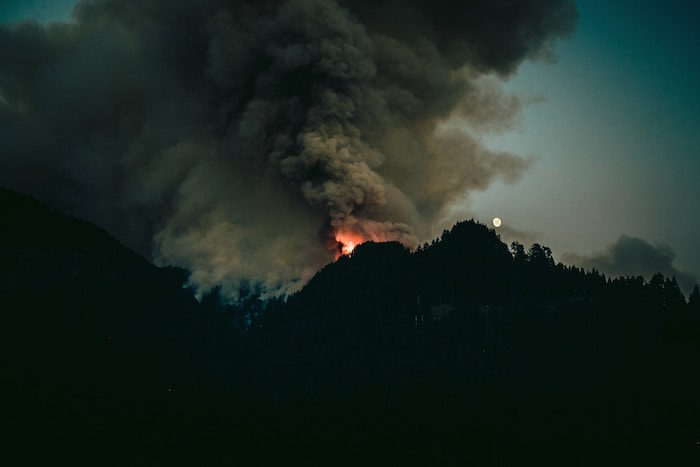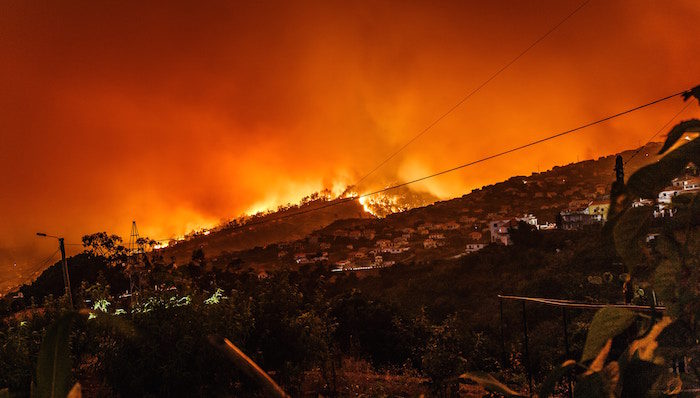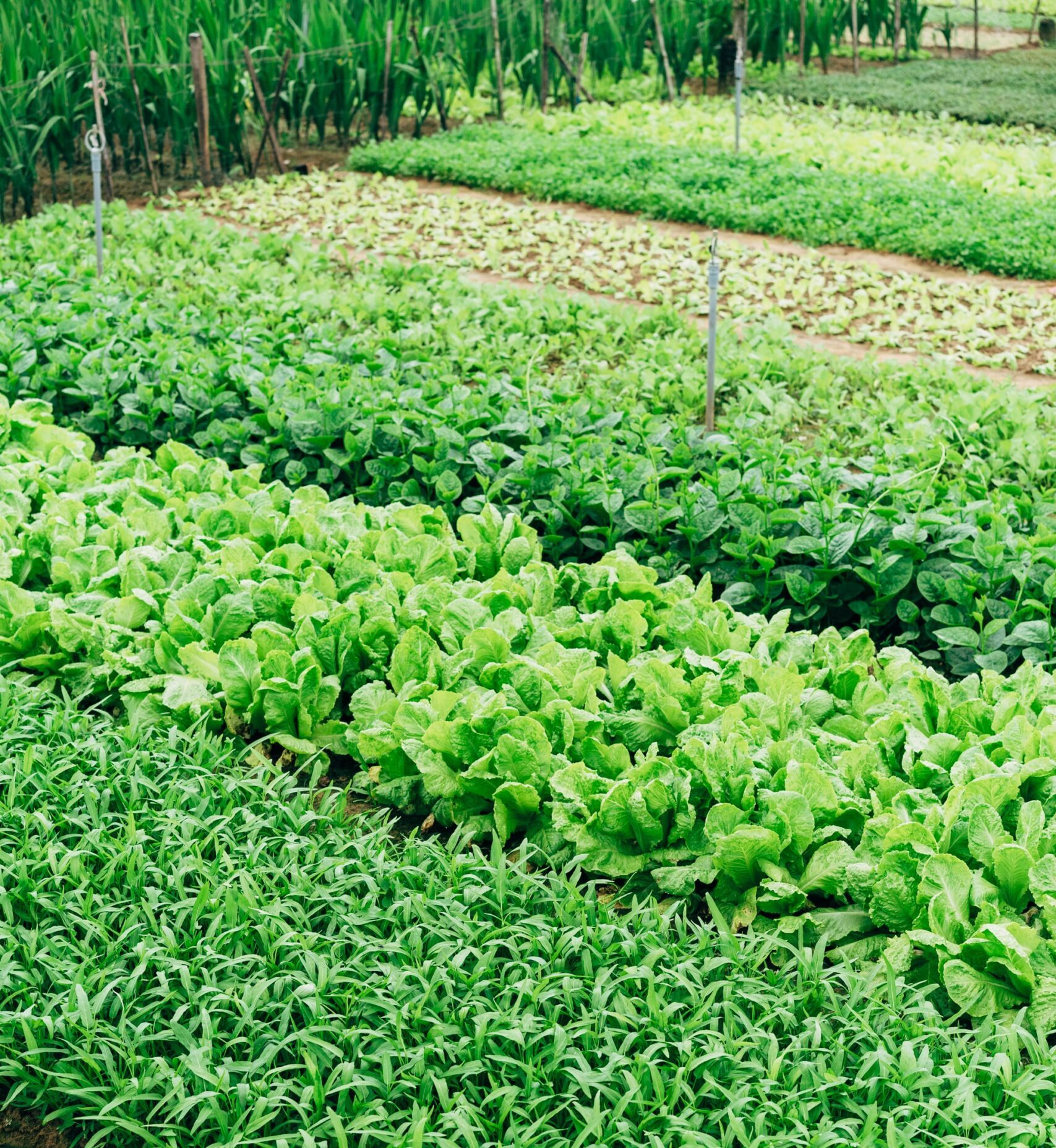As I type this, firefighters are still containing the wildfires in California that have been raging for more than 2 weeks. At its worst, the fires were advancing at the rate of a football stadium every 3 seconds. Over 100,000 people have been displaced from their homes–climate change refugee figures that we might have imagined for some distant archipelago, but happening right in the wine country of Napa and Sonoma.
The rest of the Western United States has also suffered from infernal wildfires–mega fires–in 2017. All in all, the U.S. has lost 8.5 million acres (and counting) to wildfires in 2017. In fact, there have been abnormally devastating wildfires on almost every continent this year, even in Greenland, where summer / ice-melting season lasts 70 days longer than it had in the 1970s.
There’s no question that climate change has a direct effect on creating mega fires around the world. In Western U.S., record-breaking heat dries out forests to ideal firewood conditions, and the disappearing ice in the tundras reveals carbon-rich peat that burns easily and releases more CO2 into the air. We always hear 1.5* Celsius as the “aspirational” increase (as opposed to 2* Celsius or more, considered to spell certain doom); but even a fraction of a degree increase in temperature creates exponential damages.
Wildfires 2017 scorching Eagle Creek–one of Oregon’s most beloved trails
In the Pacific Northwest, for example, wildfires have increased by 5,000% since the early 1970s. It’s a particularly disturbing stat for me because I grew up in beautiful Portland, Oregon, going hiking with my family to places like Eagle Creek, Dog Mountain, Angel’s Rest, Multnomah Falls, and other enchanting and lush places that have all burned down this summer. Portland used to be a famously rainy and verdant place–but this summer’s freak heat wave of 105* F brings to bear the scientists’ warning that we will soon see a more Middle-East type of climate all over the world–120* F, or over 50* Celsius.
This is something I find profoundly devastating, but I share this not merely to vent: in order for us to feel passionate about making any changes, we each need to find something that resonates with us personally and powerfully.
Whether that’s wild animals that are caught in the fire, people who have lost their homes and lives, the red sky raining down ashes, or old growth forests that have been scorched to the ground, we have to be conscious of the things that spark our sense of outrage and inspire our fighting spirit.
Wildfire in Estreito de Calheta in Portugal–another country where more than hundred lives were lost to wildfires 2017
So how can you help protect the forests and prevent wildfires? Unless you’re in the Fire Department or Park Services, the best way is to reduce our carbon footprint.
- Go vegan. An average vegan contributes about half as much carbon emissions as an average omnivore, all other things being equal. A single meat calorie emits 10x as much carbon emissions as a single plant protein calorie. Even going vegetarian is more earth-friendly than switching to a Prius.
- Take public transportation, ride a bike, or walk. In a city, this is already easy to do. Even if you don’t live in a city with well-developed public transportation, you can still carpool and yes, drive a Prius.
- Reduce consumption. Almost everything we buy and consume has an environmental impact. As much as we talk about various eco-friendly, vegan, and sustainable companies on Peaceful Dumpling, we would never say “Buy these things to save the world.” We don’t believe in shopping our way out of a catastrophe like climate change–that’s terribly underestimating the scope of the problem. Check in with yourself whether your spending habits really reflect your values. For example, this year I stopped buying to-go coffee and all bottled beverages. None of these have caused me any upset feelings except the regret of not starting sooner!
- Compost, recycle, and reduce waste. Everything you throw out and even some stuff that you recycle ends up in landfill or gets incinerated, both adding huge amounts of methane and CO2 into the air. Recycle everything you can, separating each part: if you do buy disposable coffee, recycle the paper cup! But the best way to reduce carbon emissions is to reduce waste, period.
- Buy sustainable fashion and textiles. Fashion is one of the biggest contributors to carbon emissions. Changing the mindset about how much fashion we need is the biggest hurdle. Buy less, focusing on high-quality, organic and natural fibers from ethical brands. You don’t have to be rich to be able to afford sustainable fashion if you buy few things that last many years. I typically buy just 1-3 items of clothing/accessories per season and it keeps my closet more curated to my taste.
- Lower the lights. Unplug your devices that are not being used–this “vampire power” drains $19 billion in energy costs a year, which of course adds unnecessary carbon emissions. Try using a fan instead of an A/C! While I don’t recommend this to medical patients/the elderly, many of us use A/C and heating so carelessly when all you need is a fan/clothing control. (My eco-friendly friends and I don’t own A/C’s in hellish NYC–join us! :D)
- Say No to plastic bags, straws, and other single-use plastic. More than 1 million plastic bags are used every minute. Around 50% of plastic is just single use, with an average working life of 15 minutes. And they last…forever, unless incinerated. Don’t buy bottled water; refill your own! Carry a tote bag for stashing groceries. Say No to straws. Cut off your subscription services for groceries, meal delivery, beauty, clothing. Also, I have stopped using all plastic bags this year even for trash, using a Whole Foods paper bag to carry the garbage to the building’s bin and then recycling the paper bag. There’s no reason to Russian-doll plastic bags since the whole bin is lined, anyway. And it’s super easy!
- Buy organic and local. Most of us know that this is important already, but feel that it’s “too expensive” to carry out. I now buy almost all organic and local, and was surprised to discover that my grocery bill is about the same–especially since I buy less pre-packaged goods. You might discover that this is good for your wallet, the Earth and your health.
- Don’t play with fire. Many of these wildfires were started by preventable human activities like smoking, fireworks, and campfire.
- Donate to tree planting organizations. National Forest Foundation plants a tree for every $1 of donation. One Tree Planted is a nonprofit that does the same for Asia, Africa, North America, and South America as well, woohoo!
How do you help protect our forests and reduce wildfires?
Related: I Tried 30 Days Of Zero Waste Living (Bye Packaged Foods!). Why I’m Keeping On
5 Creative Drought Solutions That Will Give You Hope For #TeamEarth
Coral Reefs Are Almost Gone–How You Can Help Save The Nurseries Of The Oceans
Get more like this—Subscribe to our daily inspirational newsletter for exclusive content!
__
Photo: luke flynt on Unsplash ; Michael Held on Unsplash





